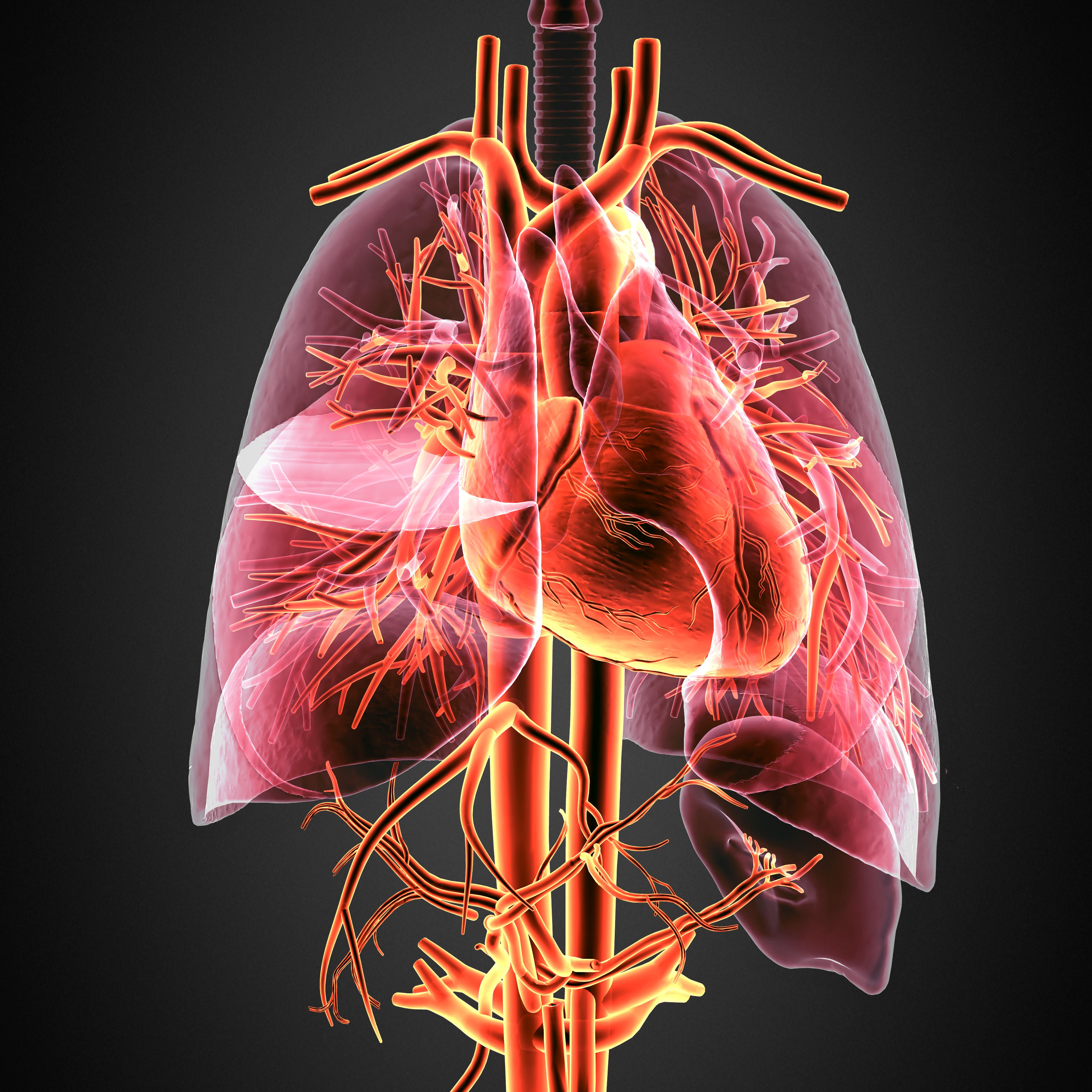Article
Review Highlights Diagnostic Approaches, Treatment for ATTR
Author(s):
In a review published in Therapeutics and Clinical Risk Management, researchers outlined the current understanding of the transthyretin amyloidosis (ATTR) disease process, diagnostic and surveillance approaches, treatment modalities, and potential future directions.
In a review published in Therapeutics and Clinical Risk Management, researchers outlined the current understanding of the transthyretin amyloidosis (ATTR) disease process, diagnostic and surveillance approaches, treatment modalities, and potential future directions.
ATTR, a systemic disease with the potential to disrupt the function of practically every organ in the body, has traditionally been characterized as affecting peripheral nerves, the gastrointestinal tract, and the heart. No longer viewed as an obscure diagnosis with a grim outlook, ATTR now appears to be more common than previously thought.
Specifically, the review authors wrote, “Transthyretin (TTR) is a protein produced in the liver which misfolds either due to genetic mutations or due to aging and results in deposition of amyloid fibrils in organs and tissues.” TTR also serves as a transport protein for thyroid hormone and retinol/vitamin A and is synthesized in small amounts in the central nervous system choroid plexus.
Diagnosing ATTR can be challenging due to a lack of specific symptoms, while those that do appear may initially be attributed to more common conditions. However, “there is growing emphasis on the need for early diagnosis because the treatments appear to be most effective if started in earlier stages of the disease,” the authors wrote.
More than 100 different TTR mutations have been discovered, and clinical manifestations usually correlate with the specific point mutation. As there can be an overlap of organ involvement, numerous mutations present with features of both neuropathy and cardiopathy. Val30Met mutation is the most prevalent TTR mutation worldwide, while Val122Ile is the most common hereditary mutation in the United States.
“The two most common presenting signs and symptoms of ATTR amyloidosis are peripheral neuropathy and/or congestive heart failure and therefore should be included in the differential diagnosis of both conditions,” the researchers explained. In order to make specific diagnoses before labeling conditions as “idiopathic,” clinicians ought to look for the underlying cause of peripheral neuropathy or congestive heart failure.
Chronic demyelinating polyneuropathy, Charcot-Marie-Tooth disease, and Guillain-Barré syndrome, among other conditions, are common misdiagnoses for ATTR polyneuropathy. In addition, ATTR cardiomyopathy can be misdiagnosed as hypertrophic cardiomyopathy, hypertensive heart disease, or undifferentiated heart failure with preserved ejection fraction, researchers wrote.
“A comprehensive history and physical, family history, laboratory studies, cardiac imaging, neurologic testing, genetic testing, and biopsies of affected organs are often needed to differentiate between these other conditions and confirm a diagnosis of ATTR amyloidosis,” they explained.
Multisystem organ involvement, bilateral carpal tunnel syndrome, spinal stenosis, and other symptoms can all indicate ATTR presence. Unless there is a known hereditary mutation, a single symptom or sign is usually insufficient to diagnosis ATTR.
Studies have indicated cardiac amyloidosis is more common than previously thought and may be underdiagnosed. When it comes to treatment for ATTR cardiomyopathy, nonspecific therapeutics should focus on volume management with diuretics and control of arrhythmias, while standard therapy for heart failure with reduced ejection fraction may not be well tolerated in patients due to hypotension.
Liver transplants can also prevent the production of mutant TTR in patients with hereditary ATTR, as the procedure “has been most effective in patients with the Val30Met mutation with early onset of disease that is limited to peripheral neuropathy.” However, once organs have been “seeded” with mutant TTR, normal or wild-type TTR could continue to form amyloid fibrils, researchers noted.
Advancements in medical therapy will likely result in a decrease of liver transplants for ATTR. Thus far, inotersen and patisiran have been approved by the FDA for hereditary ATTR polyneuropathy. Both drugs have been shown to slow or improve neuropathy and decrease the synthesis of mutant and wild-type TTR by the liver.
Tafamidis, developed by Pfizer, is the first FDA-approved therapy for wild-type and hereditary ATTR cardiomyopathy but is priced at $225,000/year and is the most expensive cardiovascular drug ever marketed in the United States.
A randomized double-blind study of diflunisal, a nonsteroidal anti-inflammatory drug, found it can slow neuropathy, but FDA approval of the treatment for neuropathy has not been sought.
Overall, patients with unexplained left ventricular hypertrophy or peripheral neuropathy, in addition to older individuals with heart failure with preserved ejection fraction or aortic stenosis, should undergo screening for ATTR.
“Because of the multi-system involvement, clinicians must often integrate clues from the patient’s personal and family history, physical exam, cardiac imaging, neurologic testing, genetic testing, and ophthalmologic and gastrointestinal findings to make a diagnosis,” the authors concluded. In the future, “New therapeutic approaches may focus on gene editing and methods to remove amyloid deposition from affect organs and reverse end-organ damage.”
Reference
Benson MD, Dasgupta NR, and Rao R. Diagnosis and screening of patients with hereditary transthyretin amyloidosis (hATTR): current strategies and guidelines. Ther Clin Risk Manag. Published online August 14, 2020. doi:10.2147/TCRM.S185677





